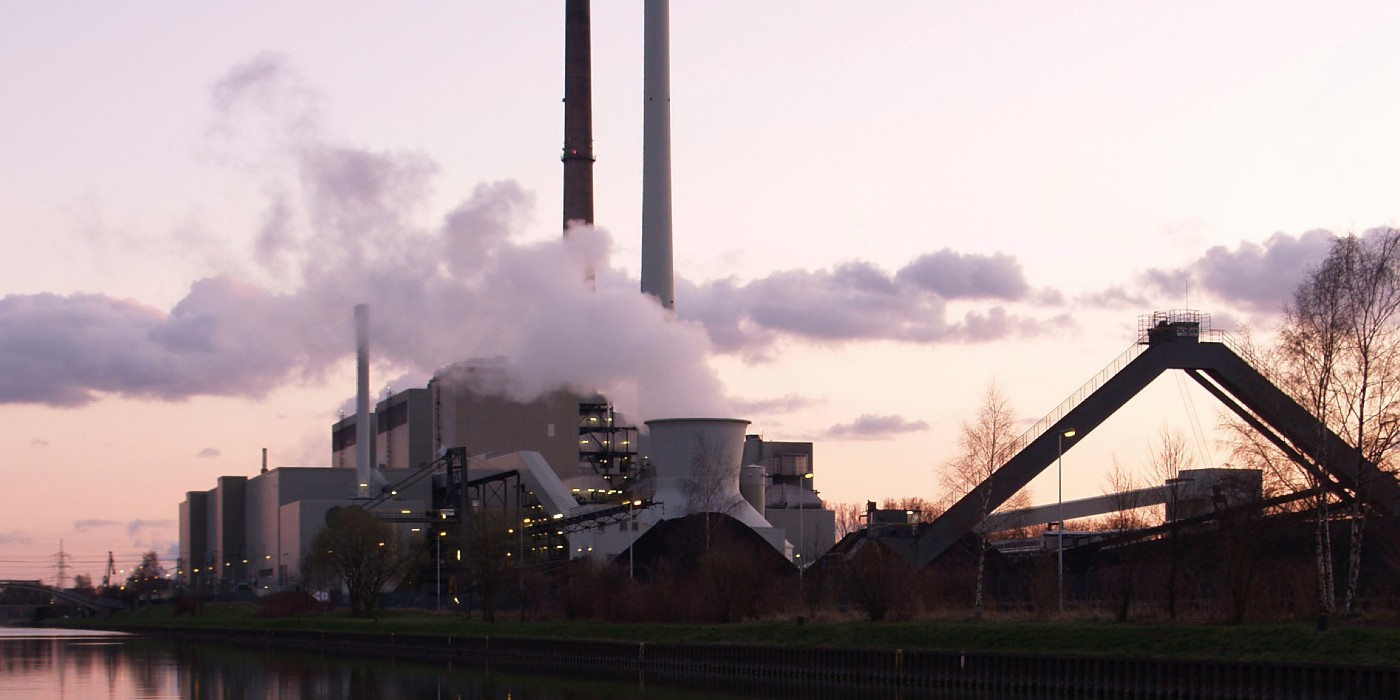
The oil and gas industry is banking on carbon capture as its “fix” for climate change. The IEA’s new report dispels that idea and offers real solutions.
The oil and gas sector currently accounts for just 1% of clean energy investment globally. A special report from the International Energy Agency (IEA) released ahead of the COP28 climate summit explores how the fossil fuel industry “can take a more responsible approach and contribute positively to the new energy economy.”
In other words, the fossil fuel industry needs to get on the renewables bandwagon now, and not with large-scale carbon capture. The IEA provides a roadmap in its new report, “The Oil and Gas Industry in Net Zero Transitions.”
Global demand for both oil and gas is set to peak by 2030, if not by 2025. If governments deliver in full on their national energy and climate pledges, demand will fall 45% below today’s level by 2050. In a pathway to reaching net zero emissions by mid-century, which is necessary to keep the goal of limiting global warming to 1.5C within reach, oil and gas use will decline by more than 75% by 2050.
Or, to spell it out in monetary terms, the report’s analysis finds that the current valuation of private oil and gas companies could fall by 25% from $6 trillion today if all national energy and climate goals are reached, and by up to 60% if the world gets on track to limit global warming to 1.5C.
The status quo is impossible
Every oil and gas company’s transition strategy can and should include a plan to reduce emissions from its own operations, asserts the report – yet companies with targets to reduce their emissions account for less than 50% of global oil and gas output.
The IEA also points out that carbon capture can’t be used as a linchpin by the fossil fuel industry to maintain the status quo. If oil and natural gas consumption were to evolve as projected under today’s policy settings, limiting the temperature rise to 1.5C would require an “entirely inconceivable” 32 billion tonnes of carbon captured for utilization or storage by 2050, including 23 billion tonnes via direct air capture.
The amount of electricity needed to power these technologies would be greater than the entire world’s electricity demand today.
IEA executive director Fatih Birol said:
With the world suffering the impacts of a worsening climate crisis, continuing with business as usual is neither socially nor environmentally responsible.
The [oil and gas] industry needs to commit to genuinely helping the world meet its energy needs and climate goals – which means letting go of the illusion that implausibly large amounts of carbon capture are the solution.
How to be part of the solution
The report finds that the oil and gas sector is well placed to scale up some crucial technologies for transitions to clean energy, such as offshore wind and geothermal energy. It’s going to have to change tack in many other aspects of its business, too. It needs to increase investment in EV charging facilities – turn the gas stations into EV stations. The sector can also move further into the plastics recycling industry as global bans on plastic continue to grow.
Further, the production, transport, and processing of oil and gas results in nearly 15% of global energy-related emissions – equal to the US’s entire energy-related emissions. The fossil fuel industry’s emissions must decline by 60% by 2030 to limit global warming to 1.5C by 2050. The emissions intensity of oil and gas producers with the highest emissions is currently five to 10 times above those with the lowest, showing the vast potential for improvements. So it needs to boost efficiency and electrify its facilities across the sector.
Reducing emissions from methane, which accounts for half of the total emissions from oil and gas operations, would also provide a big win, as methane reduction strategies are well-known and inexpensive.
The oil and gas industry invested around $20 billion in clean energy in 2022, or roughly 2.5% of its total capital spending. It can and must do a lot better. To align with the Paris Agreement, the IEA says, it must put 50% of its capital expenditures towards clean energy projects by 2030, on top of the investment required to reduce emissions from its operations.
Not only is it imperative that the fossil fuel sector shifts gears to limit global warming – it’s also good business.
Photo: “Coal power plant” by eutrophication&hypoxia is licensed under CC BY 2.0.
If you live in an area that has frequent natural disaster events, and are interested in making your home more resilient to power outages, consider going solar and adding a battery storage system. To make sure you find a trusted, reliable solar installer near you that offers competitive pricing, check out EnergySage, a free service that makes it easy for you to go solar. They have hundreds of pre-vetted solar installers competing for your business, ensuring you get high quality solutions and save 20-30% compared to going it alone. Plus, it’s free to use and you won’t get sales calls until you select an installer and share your phone number with them.
Your personalized solar quotes are easy to compare online and you’ll get access to unbiased Energy Advisers to help you every step of the way. Get started here. –ad*
